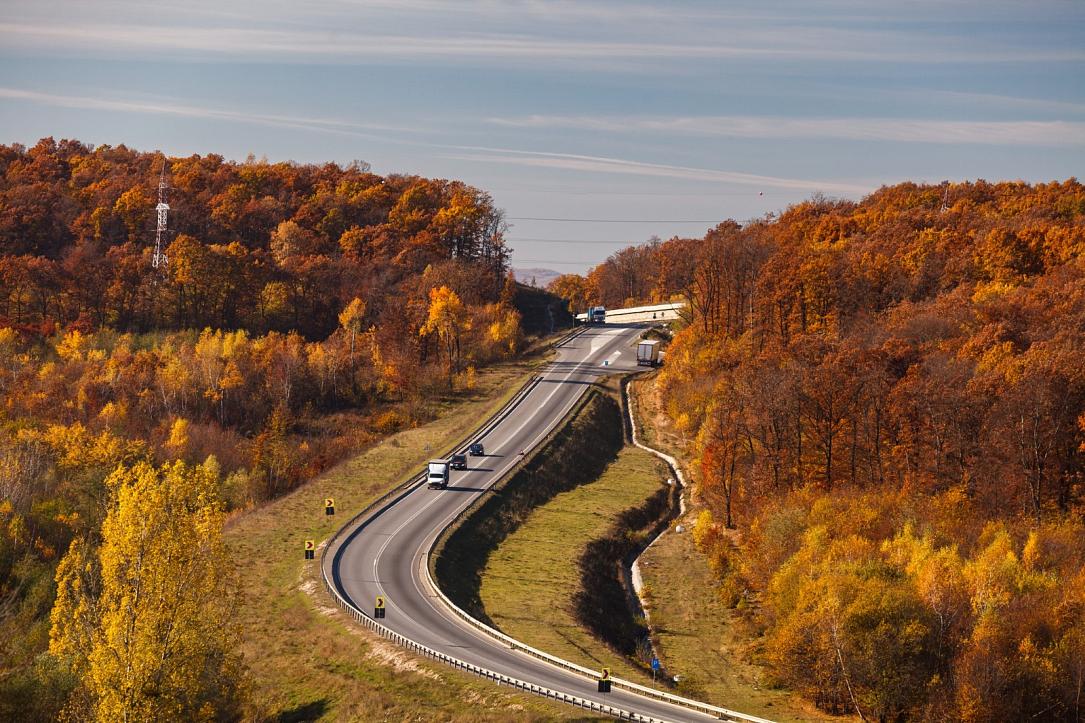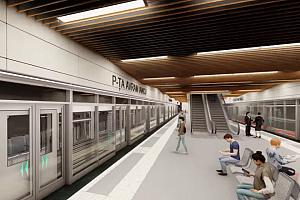Romanian government greenlights Cluj-Napoca’s metropolitan belt project

Emil Boc, Cluj-Napoca's mayor, announced that the Romanian government has approved the City Hall to conduct its long-awaited metropolitan belt project.
Should the project come to completion, the Cluj metropolitan belt would boast 42 km in length, 32 connecting roads, 26 km of belts and junctions, and 35 km of bicycle paths, and free the city from approximately 22,200 vehicles every day.
“The work will be carried out in 2 stages. The first stage of the metropolitan belt starts with the works in the area of the future Florești Regional Emergency Hospital (the area of the Water Museum) and goes until the connection with the Vâlcele-Apahida belt,” the mayor stated.
The second stage will be carried out from Gilău to Florești and from the node with the Vâlcele-Apahida belt to Câmpenești, bringing a total of EUR 1.4 billion from EUR 998 million in the first stage and EUR 410 million in the second.
“Next comes the preparation of the design and execution tender in order to implement the project in partnership with the Government of Romania,” Boc closed his statement, thanking the government, the Ministry of Transport, and anyone involved in the project.
For years, the project has been plagued by bureaucracy, at least since 2017. The former Prime Minister of Romania accused former minister Cătălin Drula of removing the project from the PNRR (National Recovery and Resilience Plan) without consulting for failing the feasibility study.
At the time, the original plan was to finish construction by 2023, but due to the “very strict and strict regime”, it looks like the residents of Cluj will have to wait at least another eight years to complete both stages of construction.
(Photo source: Facebook/Emil Boc)













